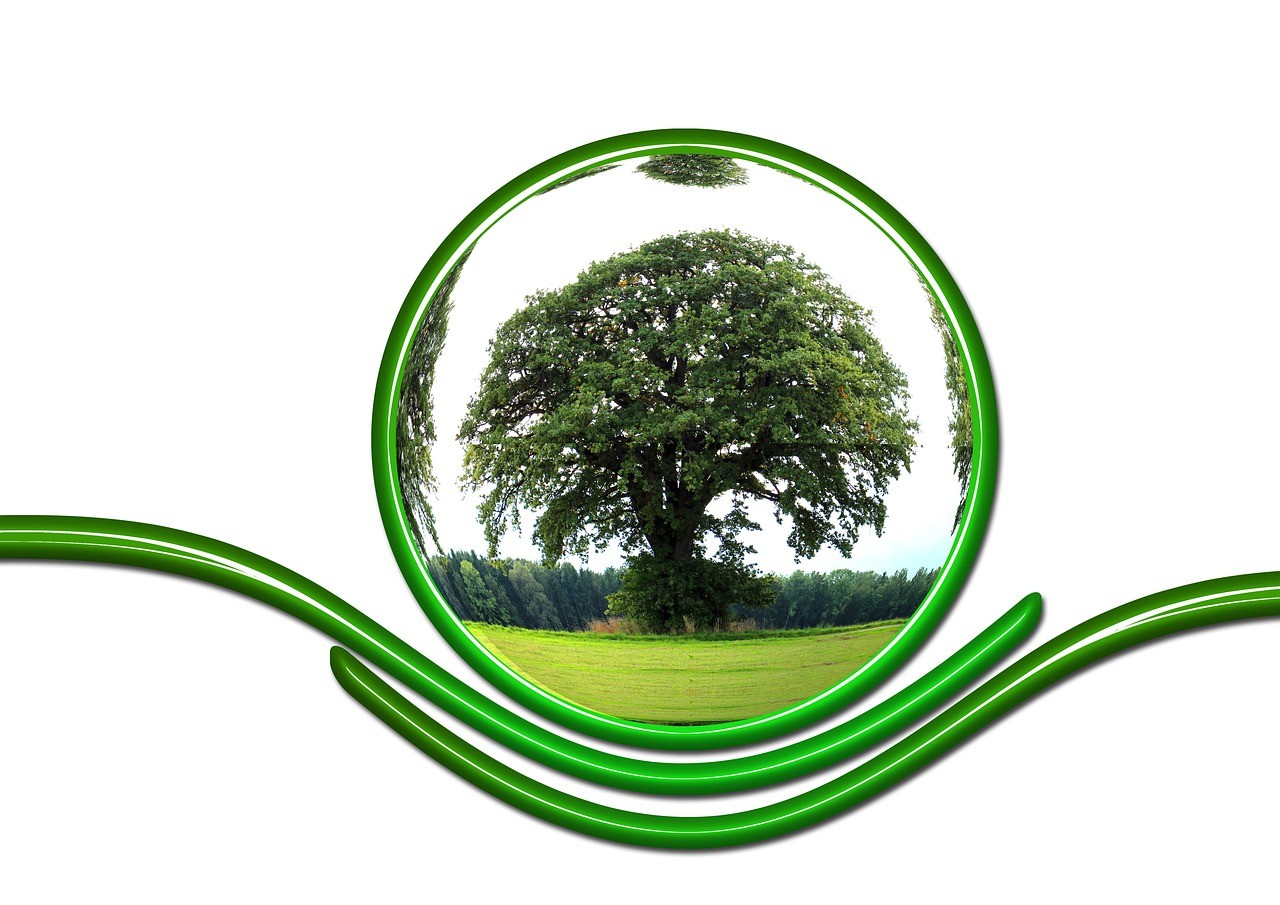
December 1, 2024, 9:44 am
Eco-Friendly Dentistry: Embracing Sustainability in Modern Dental Practices
Sustainability is becoming a driving force across all industries, and dentistry is no exception. Patients today are more environmentally conscious than ever, often seeking healthcare providers whose practices align with their values. As a result, dental clinics worldwide are embracing eco-friendly practices, from reducing energy consumption to using biodegradable materials. These initiatives not only help preserve the environment but also resonate with patients, fostering trust and loyalty.
The Rise of Eco-Friendly Dentistry
Environmental sustainability has transitioned from being an idealistic goal to a critical necessity. According to the World Health Organization (WHO), healthcare activities contribute significantly to global carbon emissions. Within this context, dental clinics have begun to rethink traditional practices to minimize their ecological footprint.
Several factors are driving this change:
- Patient Expectations: Studies show that consumers prefer businesses that adopt sustainable practices, with many willing to pay a premium for eco-friendly services.
- Legislation and Regulation: Governments are introducing stricter environmental policies, encouraging healthcare providers to adopt greener practices.
- Industry Leadership: Organizations like the Eco-Dentistry Association advocate for sustainable dentistry by promoting environmentally responsible practices
The Rise of Eco-Friendly Dentistry
Environmental sustainability has transitioned from being an idealistic goal to a critical necessity. According to the World Health Organization (WHO), healthcare activities contribute significantly to global carbon emissions. Within this context, dental clinics have begun to rethink traditional practices to minimize their ecological footprint.
Several factors are driving this change:
- Patient Expectations: Studies show that consumers prefer businesses that adopt sustainable practices, with many willing to pay a premium for eco-friendly services.
- Legislation and Regulation: Governments are introducing stricter environmental policies, encouraging healthcare providers to adopt greener practices.
- Industry Leadership: Organizations like the Eco-Dentistry Association advocate for sustainable dentistry by promoting environmentally responsible practices.
Sustainable Practices in Dentistry
1. Biodegradable Materials
Traditional dental materials, such as plastic suction tips, single-use bibs, and packaging, contribute to significant waste. Many clinics are now switching to biodegradable alternatives:
- Plant-Based Materials: Compostable suction tips and bamboo toothbrushes reduce reliance on plastics.
- Biodegradable Packaging: Using paper or starch-based wraps for instruments and supplies cuts down on non-recyclable waste.
- Eco-Friendly Impression Materials: Some companies are developing dental impression materials that are not only effective but also environmentally friendly.
These materials decompose naturally, reducing the strain on landfills and lowering pollution levels.
2. Reducing Energy Consumption
Dental offices require considerable energy to power lighting, equipment, and HVAC systems. To address this:
- LED Lighting: Clinics are replacing traditional bulbs with energy-efficient LEDs, which use up to 80% less energy and last significantly longer.
- Solar Panels: Some practices are investing in solar energy, reducing their reliance on fossil fuels.
- Energy-Efficient Equipment: Modern dental tools are designed with energy conservation in mind, consuming less electricity without compromising performance.
Implementing these changes not only reduces environmental impact but also lowers operational costs over time.
3. Water Conservation
Dental procedures often involve substantial water usage, from sterilization to rinsing. Clinics are adopting water-saving technologies, such as:
- Low-Flow Faucets: These reduce water waste while maintaining efficiency.
- Closed-Loop Systems: Advanced dental units recycle water within the system, minimizing overall consumption.
Educating staff on mindful water usage further supports conservation efforts.
4. Digital Dentistry
The shift to digital dentistry significantly reduces reliance on paper and physical resources:
- Electronic Health Records (EHRs): Storing patient data digitally eliminates paper files.
- Digital Imaging: Digital X-rays and 3D imaging reduce the need for traditional film, which often contains environmentally harmful chemicals.
- CAD/CAM Technology: Computer-aided design and manufacturing enable precise, on-demand production of restorations, reducing material waste.
This transition streamlines operations and aligns with sustainable goals.
5. Recycling and Waste Management
Proper disposal and recycling of dental waste are crucial for eco-friendly operations:
- Amalgam Separators: These devices capture mercury from dental amalgam waste, preventing it from entering water supplies.
- Recycling Programs: Clinics partner with organizations to recycle materials like old toothbrushes, aluminum, and plastics.
- Sharps Disposal: Eco-friendly sharps containers ensure the safe and responsible disposal of needles and blades.
Benefits of Eco-Friendly Dentistry
Adopting sustainable practices offers advantages for both clinics and patients:
For Clinics
- Reduced Operating Costs: Energy-efficient equipment and waste reduction strategies save money over time.
- Improved Reputation: Sustainability initiatives enhance the practice’s image, attracting environmentally conscious patients.
- Regulatory Compliance: Green practices ensure compliance with evolving environmental laws.
For Patients
- Confidence in Care: Knowing their provider prioritizes sustainability builds trust and loyalty.
- Holistic Wellness: Eco-friendly practices align with broader health-conscious lifestyles.
- Educational Opportunities: Clinics can educate patients on sustainable oral hygiene, such as choosing biodegradable dental products.
-
Challenges in Implementation
While the benefits are clear, transitioning to eco-friendly practices can pose challenges:
- Upfront Costs: Investing in new equipment and materials may be expensive for smaller practices.
- Training and Adaptation: Staff may need time to adapt to new technologies and workflows.
- Limited Availability: Some eco-friendly materials and technologies may not be widely accessible.
However, these hurdles can be overcome with strategic planning, government incentives, and partnerships with sustainability-focused organizations.
The Role of Patients in Sustainable Dentistry
Patients play a vital role in promoting eco-friendly dental care. Here’s how they can contribute:
- Choosing Green Clinics: Supporting practices that prioritize sustainability encourages industry-wide adoption.
- Adopting Sustainable Habits: Using biodegradable toothbrushes, floss, and toothpaste aligns with eco-conscious care.
- Advocating for Change: Sharing feedback with dental providers about the importance of sustainability can drive further innovation.
The Future of Eco-Friendly Dentistry
As awareness grows, the future of dentistry will undoubtedly lean toward more sustainable practices. Innovations like 3D-printed biodegradable materials, AI-driven energy optimization, and sustainable manufacturing processes will further reduce dentistry’s ecological impact.
Government policies and incentives will also play a critical role in encouraging widespread adoption of green practices. By embracing these changes, dental clinics can lead the healthcare industry in sustainability efforts.
